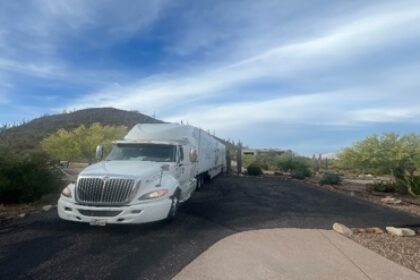
1. Create a Moving Timeline and Checklist
Planning is crucial for long-distance moves. Make a timeline, starting a few months in advance, and outline key tasks such as sorting, packing, notifying utility companies, and booking movers.
2. Declutter and Downsize
Long-distance moves are priced based on weight and distance, so it’s the perfect time to declutter. Donate, sell, or recycle items you no longer need to lighten your load and save on costs. Create a Inventory List.
3. Get Multiple Moving Quotes and Research Companies
Contact multiple moving companies for quotes, focusing on reputable movers with verified reviews and licenses. Confirm that the company offers insurance and has experience with long-distance moves.
4. Organize Essential Documents and Valuables Separately
Keep personal documents (IDs, passports, medical records) and valuables (jewelry, electronics) in a separate, secure box you carry with you to avoid potential loss or damage.
5. Plan Your Packing Strategy
Start packing well in advance. Begin with non-essentials and seasonal items, and label boxes with their contents and destination rooms. Consider hiring professional packers if you have fragile or valuable items. Good packing materials are sturdy boxes in various sizes, packing tape, bubble wrap, packing paper, furniture covers and labels and markers. You want to label clearly boxes as “Fragile” and indicate which side should face up. Disassemble, if Possible, by Removing legs, shelves, or detachable parts from furniture. When moving furniture use Protective Covers and Wrap furniture in moving blankets to prevent scratches. Use Wardrobe Boxes for this allow you to hang clothes directly You can protect Bedding with vacuum-sealed bags to compress bulky items like comforters.
6. Arrange Travel and Accommodations Early
Book your travel tickets and any necessary accommodations ahead of time, especially during peak seasons. Factor in additional travel time if moving with pets or children.
7. Notify Utility Companies and Change Your Address
Set up utilities for your new home and arrange to shut off utilities at your current residence. Update your address with the post office, bank, insurance providers, and subscriptions.
8. Pack an Essentials Bag
Pack a bag with everything you’ll need for the first few days, including clothes, toiletries, important documents, medications, chargers, and basic kitchen supplies for meals and snacks.
9. Inspect Furniture and Take Photos of Your Belongings
Take photos of your belongings, especially valuable or delicate items, to document their condition before the move. This will help with any insurance claims if damage occurs during transit.
10. Confirm Moving Details and Timing
A few days before the move, confirm details with your moving company, including pickup times, delivery dates, and any final instructions. Make sure they have your updated contact information and new address.
These steps will help make your long distance move smoother and less stressful. Planning ahead and staying organized are key!



